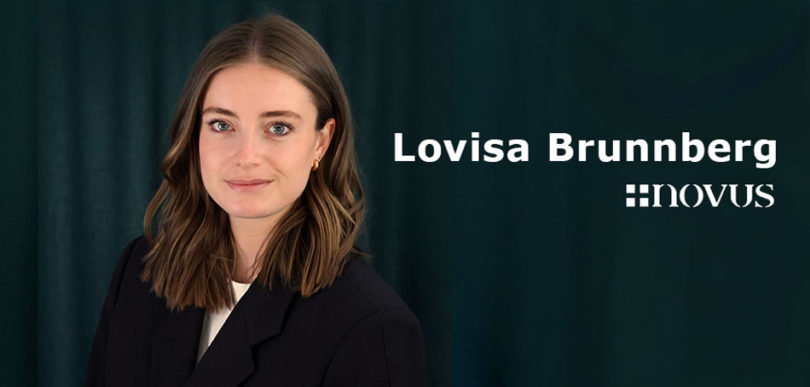
The Vampire Effect: When Fame Becomes Dangerous
Every fifth ad uses a celebrity, it’s a fairly common strategy to strengthen your brand and increase awareness. If you were to ask our advice as brand analysts, we in the research industry would probably say in unison – stay away from celebrities in advertising! It is interesting to reflect on why something so common in one professional category is perceived as bad practice in another.
High celebrity status not always the solution
To be famous, according to the Swedish Academy, is a person that many people know, a celebrity. It is not only artists or actors who are often seen in entertainment contexts, but also power holders in various industries, individuals who are noticed for unique characteristics or events and characters who almost take on a life of their own. ICA-Stig and the neighbor in the Beck-series are two good examples of this. Whether or not someone is famous is in the eye of the beholder, and if it’s someone you don’t know personally, the requirements to be a celebrity are raised. Do I recognize the person from before because the exposure was great? Has the celebrity been part of a big campaign? How many people follow the person? Am I following?
However, using a celebrity is not always easy. Among other things, the strength of the celebrity depends on various factors and it is important for companies not to assume that the more famous a person is, the greater effect they have on the campaign and the strength of the brand. I can recognize a celebrity without caring or acting on their opinion or recommendation. In order for me to buy or start following the brand, I have to feel that the celebrity is on brand with the brand it represents.
Beware of the vampire
Important to keep in mind is also the vampire effect – when the celebrity simply eats up all the attention and distracts the target audience from the brand itself. With a well-known face, you get additional associations in the bargain. The list can be made long of what you associate Henke Lundqvist with, for example. Hockey, New York Rangers, dandruff shampoo or maybe even Frölunda as he has an exact copy in his twin Joel who has been the team captain and the face of Frölunda Hockey for many years. In addition to that, the brand also risks being drowned in what the celebrity stands for on the side, which may not always play with the brand’s value base or direction, something that can be devastating. The brand must stand out in the noise of other collaborations and given how common it is to use celebrities in marketing, today it is all the more difficult for the celebrity to become so strongly associated with one brand to in turn benefit it.
As we previously wrote about, human attention is limited and when the vampire effect is a fact, the brand ends up in the shadows, then it is no longer in the brand’s favor to cooperate. It is only when the connection between the brand and the celebrity is sufficiently strong and large, that the brand is also noticed by the target group. The mental battle for attention is then won. Just as our guest blogger Pontus Willebrand wisely said What’s the point if no one remembers us? That’s the question every marketing manager and team should ask before the celebrity eats you up.
 Lovisa Brunnberg Client Advisor at Novus and specialized in brand research.
Lovisa Brunnberg Client Advisor at Novus and specialized in brand research.
Contakt: lovisa.brunnberg@novus.se
Every month we offer knowledge, facts and reports in the area of branding and communication in the form of Novus Brand Letter. Do you want to take part in it? Subscribe here.





